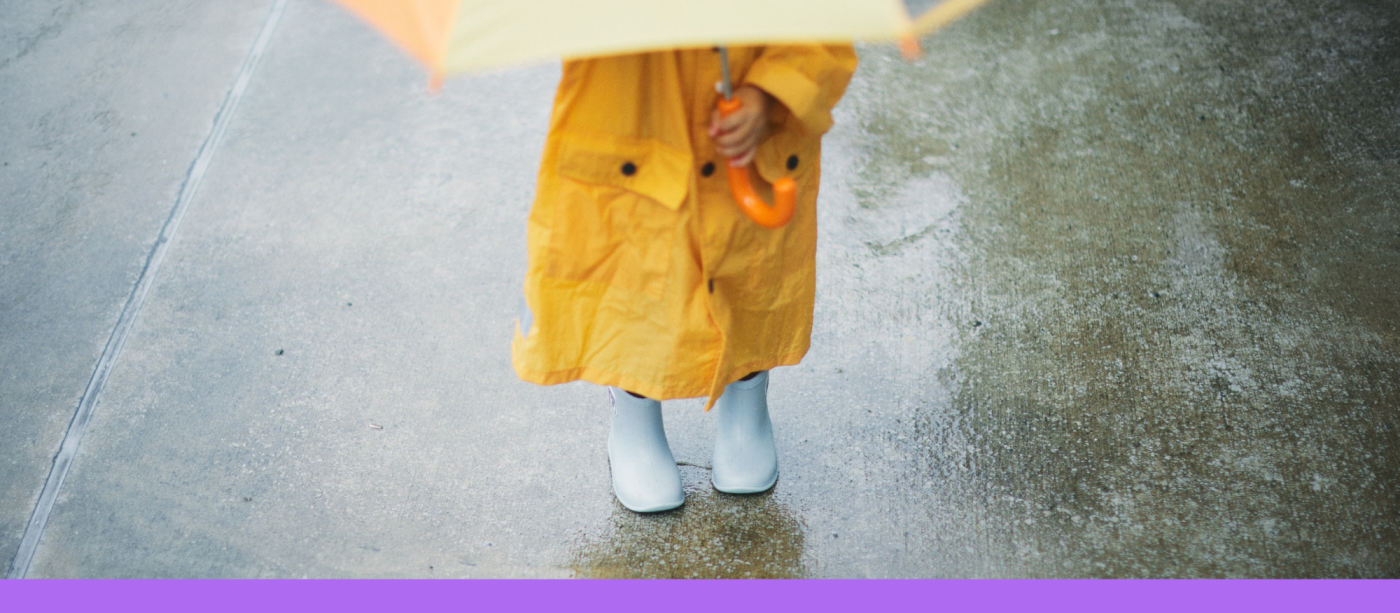It’s Raining in Utah: Why Now Is the Time to Use Our Rainy Day Funds
As Utahns, we pride ourselves on planning ahead. We save for the future, invest in our communities, and build strong foundations for our families. The state has done the same—carefully setting aside more than $1 billion in “rainy day” reserves to protect against unexpected crises.
Today, that crisis has arrived.
The ongoing federal government shutdown has halted paychecks for thousands of Utah workers and jeopardized critical programs that families depend on—especially SNAP food assistance, WIC nutrition support for mothers and infants, Head Start classrooms, and child care subsidies. These are not abstract numbers on a spreadsheet. They are meals on kitchen tables, diapers for newborns, and child care so parents can keep working.
If this isn’t a rainy day, what is?
A Moral and Fiscal Responsibility
Utah’s reserve funds were built for precisely this kind of emergency—temporary disruptions that threaten the stability of our economy and our people. Using these funds to bridge the gap during the shutdown is not only fiscally responsible, it’s morally necessary.
Every dollar spent now to prevent hunger, homelessness, and unemployment will save the state many times more down the road. We can avoid costly emergency interventions, keep local businesses afloat, and ensure that families remain stable until federal funding resumes.
“This is exactly why we created rainy day funds,” said Moe Hickey, Executive Director of Voices for Utah Children. “It’s not raining—it’s pouring. Utah has the means and the moral obligation to step in so that children don’t go hungry, parents don’t lose jobs, and our local economies don’t collapse under unnecessary strain. The responsible choice is to act now.”
Stability for Families, Strength for the Economy
During the last major shutdown in 2019, Utah’s Department of Workforce Services and local nonprofits scrambled to cover basic needs when federal benefits were delayed. This time, the scale is even greater. Roughly 80,000 Utah families rely on SNAP benefits each month. If those benefits stop, grocery stores lose customers, landlords lose rent, and employers lose workers forced to stay home.
Utah’s leaders have the power to soften that blow—by authorizing the temporary use ofrainy day funds to sustain essential state-administered federal programs. This is not new spending; it’s bridge funding—a life raft until the storm passes.
Our Reserves Are Strong Enough
Even after targeted spending to protect critical programs, Utah would remain one of the most fiscally stable states in the nation. Our reserves equal nearly 15% of the state budget, among the highest in the country. The state’s AAA bond rating and healthy revenue outlook give us the flexibility to act without jeopardizing long-term stability.
A Test of Our Values
We often say that Utah takes care of its own. That commitment is being tested right now. Will we stand by while families go hungry and services shut down, or will we use the tools we wisely set aside for this very purpose?
The answer should be clear. The rain is falling, and our neighbors need shelter. Let’s use our rainy day funds—not as a symbol of restraint, but as a statement of compassion, courage, and common sense.
When the federal government falters, Utah can—and must—step up.
Because in our state, we don’t wait for the sun to shine before we help one another.












